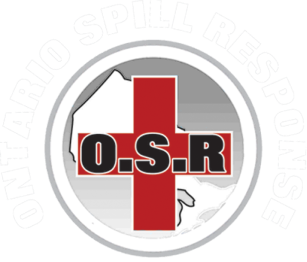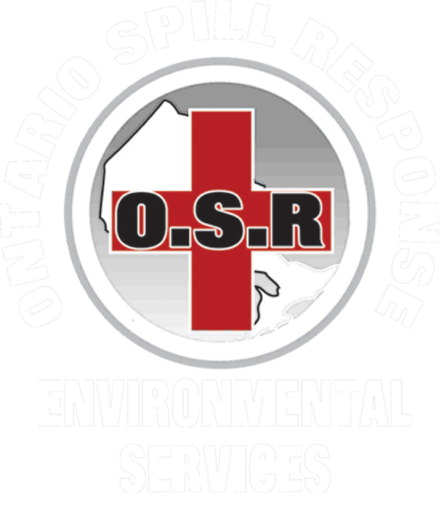We’re used to our homes being safe places, but your home can really be an exceptionally hazardous place where numerous hospital trips are a result of accidents at home, including spills of hazardous materials.
The good news is you have the ability to make your home a safer place. Here are some steps to do just that for spills that could present threats in your home.
Identify Those Hazardous Products
Product labels can offer clues to the danger level of the product. They may not say “hazardous,” but other words indicate the same thing: “flammable,” “corrosive,” “reactive,” “explosive,” “toxic,” “poisonous,” “combustible,” or “caustic.” All such products need to be handled with care and awareness as furnished by the directions on the label for safe use.
Some chemicals have immediate toxic effects. Others are toxic to our bodies only after repeated, long-term exposure. These days, it seems like every product comes with a warning, so you may not pay attention to the words on the label. However, when it comes to hazardous products, reading the label is the easiest way to identify one.
What Can Be Done To Prevent Spills?
First, let’s look at some specific areas in your home that can be made more secure against spills.
- Rolls of Safety Tread Tape for the Stairs
You can give your stairs some extra safety features with safety stair treads. These non-slip treads can last for years of service in both indoor and outdoor uses. Nonslip treads are simple to apply and are available in a variety of colours and widths.
Utility Trays with Products to Catch Spills
Another fantastic way to stop slip hazards is with spill containment trays for high-spill-risk areas. For example, try placing these underneath vehicles while doing mechanical work or in the bottoms of shelves or cabinets that hold liquids such as paint or fuel.
Working in the Garage
- If you work on cars, lawn mowers, snow blowers or other sorts of small engines, you should locate an auto repair shop or waste disposal site that will help rid of old oil.
- Use kerosene, gas and paint thinners carefully. Keep these liquids in well-marked or government-approved containers and abide by all directions.
- When working with chemicals, wear protective equipment such as a mask, gloves or other suitable clothing including goggles and long pants.
Have a 5-Gallon Bucket Spill Kit Ready
Is there a space in your home at high spill risk? A spill kit can help assure you’re ready. You might take into consideration a large general-purpose spill kit in your garage and a smaller one on your boat, as a good example.
Let’s now review some policies for buying and storing hazardous household chemicals
- Keep products holding hazardous materials in their original containers and never take off the labels unless the container is disintegrating. Corroding containers should be repackaged and clearly labeled.
- Store all hazardous products on high shelves or in locked cabinets.
- Buy only as much of a chemical as you think you’ll need. Leftover material can be shared with neighbours or donated to a charity or local group. For example, theater groups are often looking for surplus paint.
- Never mix household hazardous chemicals or waste with other products. Incompatibles, such as chlorine bleach and ammonia, may react, ignite or even explode.
Safety Musts for Handling Hazardous Materials at Home
-
- Cautiously read the ingredient list of any products or chemicals you use. The label can precisely tell you how to use the right protective equipment, how to deal with the chemicals, and how to react in an emergency.
- Stick to safe practices when working with hazardous material. Never take shortcuts.
- Inventory all the products in your home. Acquaint yourself with each product, its location and purpose. Many products are more hazardous than you might first think.
- Always carry chemicals in approved containers.
- Store materials properly, as instructed on their labels. Flammable chemicals should be stored in a cool, dry place clear of heat and sunlight.
Use Alternatives to Hazardous Products
Perhaps the best technique to avoid the hazards of the above-mentioned chemicals is to reduce or eliminate their use. When fewer chemical products are bought and used, not only is the environment safer from hazardous spills, but a message is sent to the manufacturer to produce less.
In order to avoid all the special formulas presented on retail shelves, the buyer must know what alternatives work. A re-examination of expectations may also be necessary. The lawn can be eye-catching without looking like a putting green. Toilets can be clean, without the odour of disinfectants. Furniture and floors can be attractive, without being glossy.
If you have a spill, clean it up immediately.
- Wear gloves and proper eye protection.
- Use rags to clean up the spill. Let the fumes in the rags to evaporate outdoors, then rid of the rags by wrapping them in newspaper and putting them in a sealed plastic bag in your trash can.
- Dispose of hazardous materials correctly. Check with local or solid waste management agency to learn if there is a household hazardous waste collection program nearby.
Enjoy a safe and healthy holiday season.




